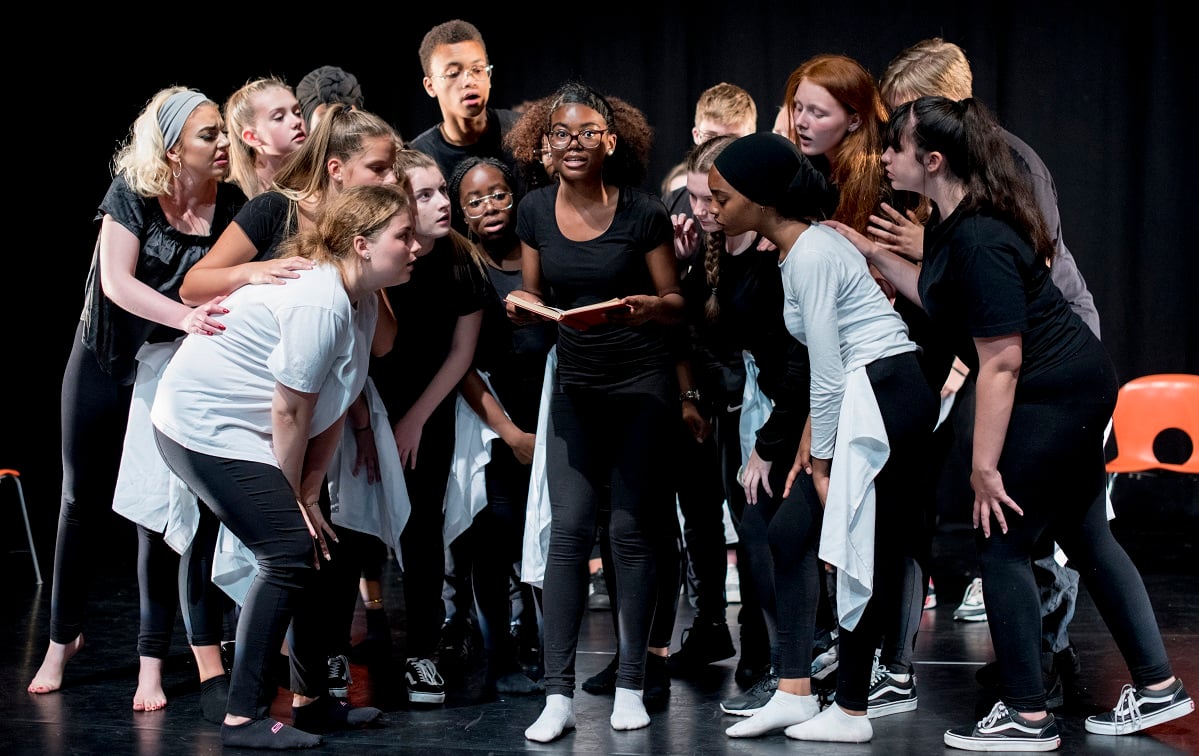
The learning revolution: how learning departments are driving cultural change
How can cultural spaces become spaces of learning? And how can learning spaces become cultural spaces? Jenny Mollica reflects on the experience of Barbican Guildhall Creative Learning as it reaches its tenth anniversary.
Ten years ago London’s Barbican and the Guildhall School of Music and Drama came together, united by a shared vision of what is possible when an international arts centre collaborates with a wor...
Subscribe for £6 per month
Support independent journalism in the arts, culture and heritage sectors with unlimited access to our latest news, features and expert opinion. £6pm, billed quarterly.
Already subscribed? Log in
Usually have access through your university?

Join the Discussion
You must be logged in to post a comment.